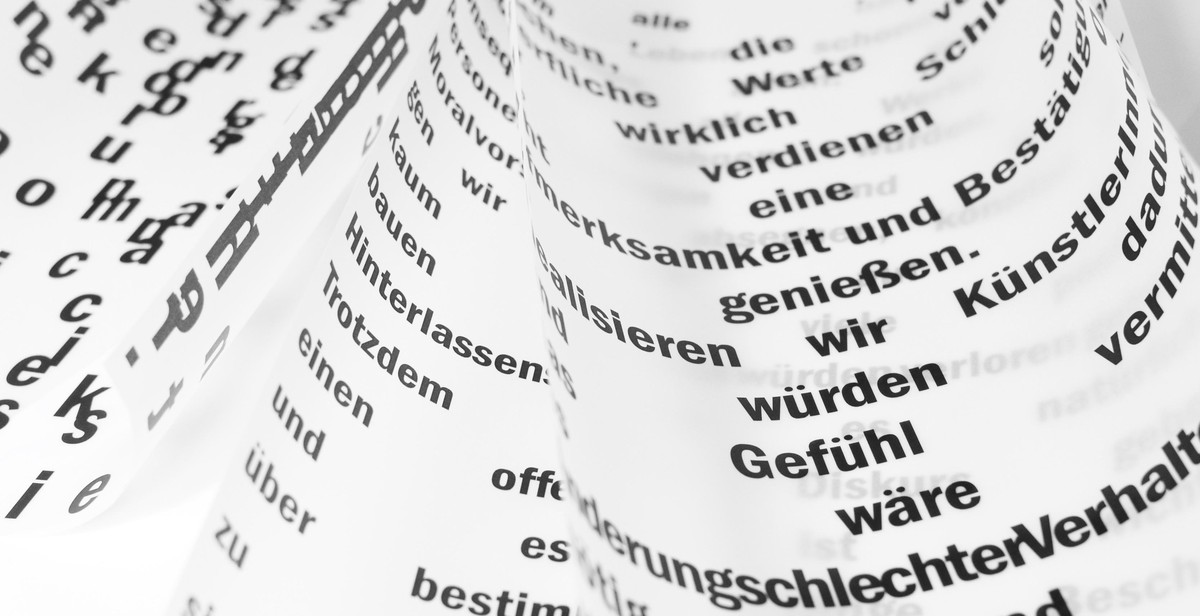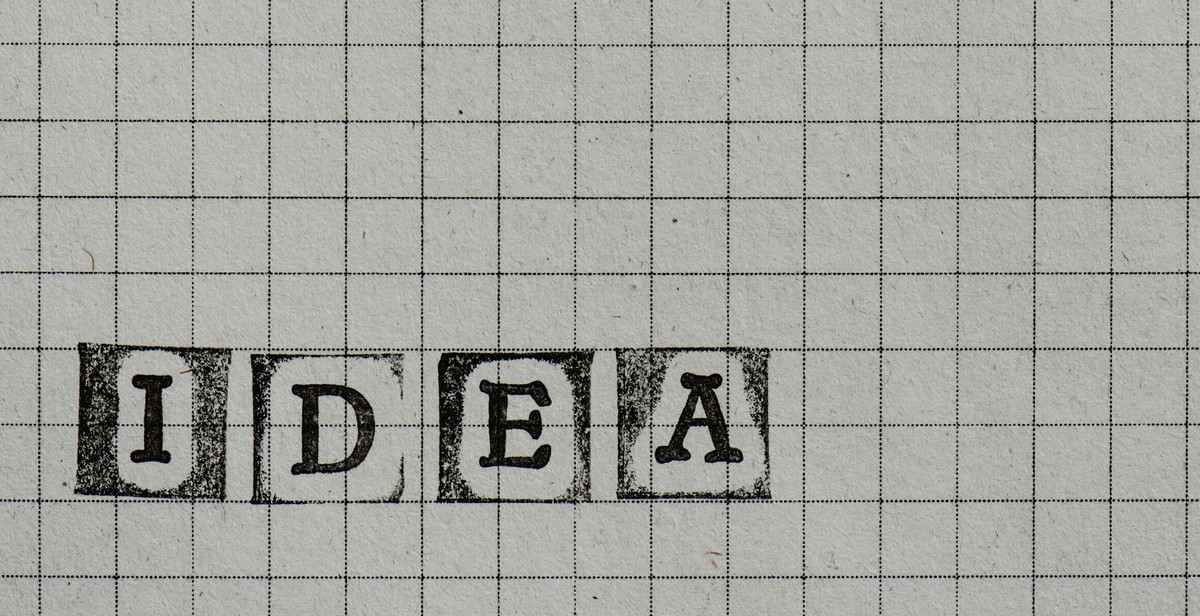How to Use Typography in User Interface Design: Creating Intuitive and Readable Interfaces
Typography is the art and technique of arranging type to make written language legible, readable, and appealing when displayed. It involves selecting typefaces, point sizes, line lengths, line-spacing, and letter-spacing, among other elements, to achieve the desired effect.
What is Typography?
Typography is an essential aspect of user interface design. It is the visual representation of written content on digital platforms, including websites, apps, and other interactive media. Typography encompasses more than just the font selection. It also involves the arrangement, spacing, and size of text, which can have a significant impact on the user’s experience.
Why is Typography Important in User Interface Design?
Typography plays a crucial role in user interface design because it affects the readability and legibility of the content. When typography is done well, it can enhance the user’s experience by making the interface more intuitive, readable, and aesthetically pleasing. On the other hand, poor typography can make the interface confusing, frustrating, and difficult to navigate, which can drive users away.
Therefore, it is essential to understand how to use typography effectively in user interface design to create intuitive and readable interfaces that engage users and provide a positive experience. This article will delve into the principles of typography in user interface design and provide tips and best practices for creating effective interfaces.

Understanding Typography in User Interface Design
Typography is a crucial element in user interface design. It is the art and technique of arranging type to make written language legible, readable, and appealing. In user interface design, typography is used to communicate information, establish a hierarchy of content, and create a visual hierarchy that guides the user through the interface.
Typography Elements
Typography consists of various elements that designers use to create effective interfaces. These elements include font family, font size, line height, letter spacing, and color. Font family refers to the typeface used, such as Arial, Times New Roman, or Helvetica. Font size is the size of the typeface, while line height is the vertical space between lines of text. Letter spacing, also known as tracking, refers to the space between letters, while color is used to create contrast and emphasis.
Typography Hierarchy
Typography hierarchy is the order in which different elements of typography are arranged to create a visual hierarchy. This hierarchy guides the user’s eye through the interface and helps them understand the content. The most important content should be displayed in a larger font size and bolded, while less important content should be displayed in a smaller font size and with less emphasis. This helps the user understand the content and navigate the interface more easily.
Typography Scale
Typography scale is a system of font sizes that are used consistently throughout the interface. This creates a consistent visual hierarchy and makes it easier for users to understand the content. The scale typically consists of a range of font sizes, from the largest heading to the smallest body text. The scale should be chosen based on the content and the user’s needs.
Typography Styles
Typography styles refer to the various styles that can be applied to text, such as bold, italic, underline, and all caps. These styles can be used to create emphasis and hierarchy within the interface. However, they should be used sparingly and consistently to avoid confusing the user.
| Typography Elements | Typography Hierarchy | Typography Scale | Typography Styles |
|---|---|---|---|
| Font family | Larger font size for important content | Consistent range of font sizes | Bold, italic, underline, all caps |
| Font size | Smaller font size for less important content | Chosen based on content and user’s needs | |
| Line height | |||
| Letter spacing | |||
| Color |

Best Practices for Using Typography in User Interface Design
Typography plays a crucial role in user interface design. It can enhance the readability, usability, and overall aesthetic appeal of a website or application. Here are some best practices to follow when using typography in user interface design:
Choose the Right Font
The font you choose for your user interface design should be easy to read and appropriate for the content. Sans-serif fonts like Arial and Helvetica are usually the best choice for digital interfaces because they are clean and legible even at smaller sizes. Serif fonts like Times New Roman are better suited for print materials.
Use a Limited Number of Fonts
Using too many fonts can make your interface look cluttered and confusing. Stick to using two or three fonts at most, and make sure they complement each other well. You can use a different font for headings and body text, for example, but make sure they are visually cohesive.
Maintain Consistency
Consistency is key in user interface design. Use the same font, font size, and font color throughout your interface to create a cohesive experience for the user. This will help them navigate your interface more easily and improve their overall experience.
Pay Attention to Spacing and Alignment
The spacing and alignment of your typography can have a big impact on its readability. Make sure there is enough space between lines of text and between letters to make it easy to read. Align your text to the left or center to make it easier for the user to scan and read through your content.
Use Color to Enhance Typography
Color can be a powerful tool to enhance your typography and draw attention to important information. Use color sparingly, however, and make sure it complements the overall design of your interface. Consider using color to highlight headings or important information, but avoid using too many colors that could be distracting.
| Best Practices for Using Typography in User Interface Design |
|---|
| Choose the Right Font |
| Use a Limited Number of Fonts |
| Maintain Consistency |
| Pay Attention to Spacing and Alignment |
| Use Color to Enhance Typography |
By following these best practices for using typography in user interface design, you can create intuitive and readable interfaces that are visually appealing and easy to use.

Challenges of Using Typography in User Interface Design
Typography plays a crucial role in user interface design, as it helps to communicate information to users effectively. However, using typography in UI design can pose several challenges that designers must overcome to create intuitive and readable interfaces. Some of these challenges include:
Readability Issues
One of the primary challenges of using typography in UI design is ensuring that the text is readable. Poor typography can make it difficult for users to read and understand the content, leading to frustration and confusion. To overcome this challenge, designers must consider factors such as font size, line spacing, and contrast to ensure that the text is legible and easy to read.
Compatibility Issues
Another challenge of using typography in UI design is ensuring compatibility across different devices and platforms. Different devices and platforms may have different default fonts and rendering capabilities, which can affect the way typography appears to users. To overcome this challenge, designers must choose fonts that are compatible with a wide range of devices and platforms and test their designs across different devices and platforms to ensure consistency.
Accessibility Issues
Accessibility is another challenge of using typography in UI design. Designers must ensure that their designs are accessible to users with disabilities, such as those who are visually impaired. This means using fonts that are easy to read and providing alternative text for images and other non-text elements. Designers must also consider factors such as color contrast and font size to ensure that their designs are accessible to all users.
Overall, using typography in UI design can be challenging, but by considering factors such as readability, compatibility, and accessibility, designers can create intuitive and readable interfaces that effectively communicate information to users.

Conclusion
Typography is a crucial element in user interface design as it plays a significant role in creating intuitive and readable interfaces. The right typography can make or break the user experience, and designers must pay careful attention to the typography they use in their designs.
When choosing typography for your user interface, make sure to consider factors such as legibility, readability, and hierarchy. Use fonts that are easy to read and avoid using too many different fonts. Keep in mind the overall tone and style of your design and choose typography that complements it.
Another critical factor to consider is the spacing between letters, lines, and paragraphs. Proper spacing can enhance readability and make the text more comfortable to read. It is also essential to consider the size of the font, as text that is too small can strain the eyes, while text that is too large can overwhelm the user.
Overall, typography is an essential element in creating user interfaces that are intuitive and easy to use. By paying attention to typography, designers can create designs that are not only visually appealing but also functional and user-friendly.
Key Takeaways
- Typography is a crucial element in user interface design.
- Designers must consider factors such as legibility, readability, and hierarchy when choosing typography.
- Proper spacing and font size are essential for enhancing readability.
- Good typography can improve the user experience and make designs more functional and user-friendly.
